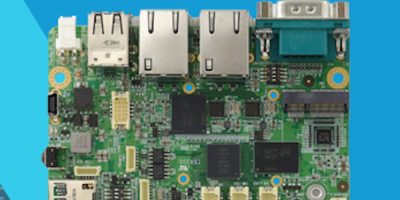NXP Semiconductors has announced its industry-first Electrochemical Impedance Spectroscopy (EIS) battery management chipset with hardware-based nanosecond-level synchronisation of all devices. The new system solution is designed to enhance safety, longevity, and performance in electric vehicles and energy storage systems. It integrates EIS measurement directly into three battery management system (BMS) chipset units, enabling carmakers to gain deeper insights into battery health and behaviour.
OEMs today face increasing pressure to deliver safe and faster charging, longer battery life, and safer battery energy storage systems – all while keeping costs and design complexity in check. Traditional, software-based battery monitoring methods often struggle to precisely detect dynamic, millisecond level events that serve as early indicators of failure. To ensure safe and fast charging, these systems frequently require additional sensors and software.
NXP’s new chipset tackles these challenges by embedding EIS directly into the hardware, consisting of three BMS units: the BMA7418 cell sensing device, the BMA6402 gateway, and the BMA8420 battery junction box controller. It enables real-time, high-frequency monitoring without the need for extra components or costly redesigns. The hardware-based solution operates in highly precise synchronisation to deliver highly accurate impedance measurements with directly in-chip integrated discrete Fourier transformation, helping OEMs better manage safe and fast charging, detect early signs of battery failure, and reduce system complexity.
“The EIS solution brings a powerful lab-grade diagnostic tool into the vehicle. It simplifies system design by reducing the need for additional temperature sensors and supports the shift toward faster, safer and more reliable charging without compromising battery health”, said Naomi Smit, VP and GM, Drivers and Energy System at NXP. “The chipset also offers a low-barrier upgrade path, with pin-to-pin compatible packages that can be directly upgraded to on cell module and battery junction box control units.”
The technology of Electrochemical Impedance Spectroscopy is based on sending controlled electrical excitation signals through the entire battery. NXP’s system solution includes an electrical excitation signal generator, which both pre-charges the high-voltage circuit and produces the excitation signal. This setup allows the DC link capacitors to act as a secondary energy storage—alongside the battery—making the excitation process more energy efficient.
By measuring how the cells respond across different frequencies to the current excitation, the responses reveal subtle changes in the cell’s internal condition, such as temperature gradients, ageing effects, or micro short circuits. Unlike traditional time-based measurements, EIS provides a fast and reliable way to assess the impedance of each cell and distinguish from capacity fade, to estimate battery health even during dynamic conditions like charging or load shifts.







